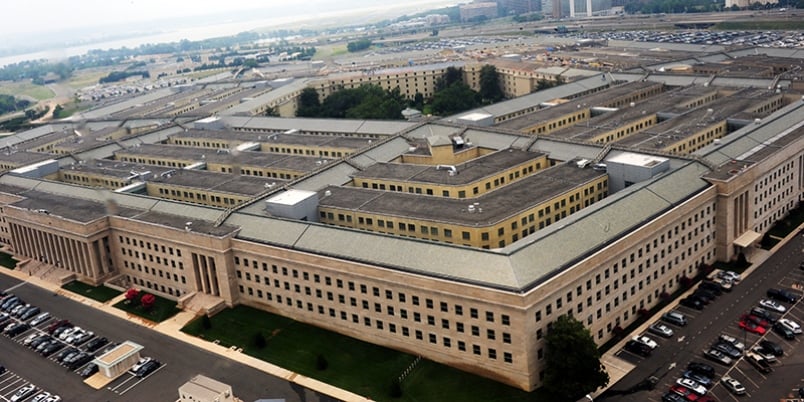
Report from Pentagon Budget Reform Commission
The following is the March 6, 2024, Implementation Plan for the Recommendations from the Commission on Planning, Programming, Budgeting, and…
Copyright 2024 U.S. Naval Institute. All Rights Reserved.